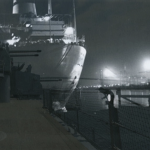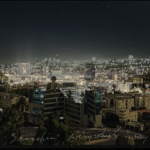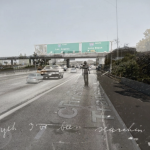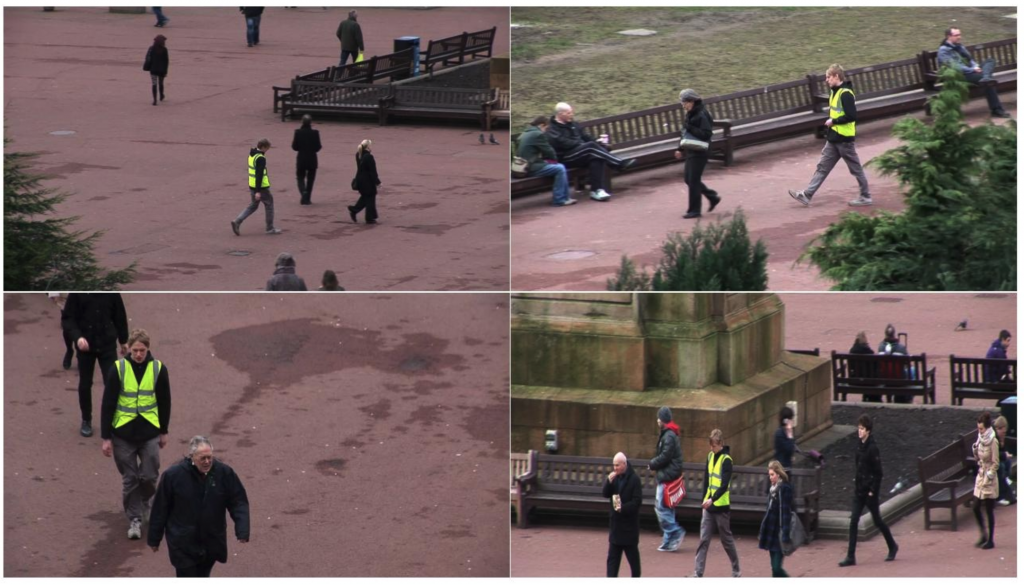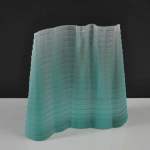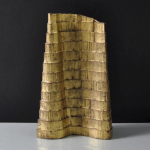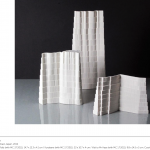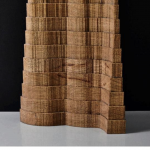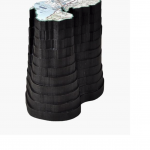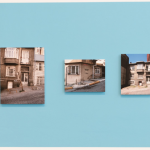- Bas Jan Ader – In search of the miraculous (One night in Los Angeles), [1973] Photographs on paper with text in ink; 14 parts, 27.5 x 34.5 cm each
- Bas Jan Ader – In search of the miraculous (One night in Los Angeles), [1973] Photographs on paper with text in ink; 14 parts, 27.5 x 34.5 cm each
- Bas Jan Ader – In search of the miraculous (One night in Los Angeles), [1973] Photographs on paper with text in ink; 14 parts, 27.5 x 34.5 cm each
Bas Jan Ader (1942-1975)
“In Search of the Miraculous (One Night in Los Angeles) (1973) is a series of fourteen photographs [on paper with text in ink] documenting artist Bas Jan Ader’s walk into the LA night. It was the first part of a proposed three part project, which culminated in Ader being lost at sea attempting to undertake a solo crossing of the Atlantic in 1975. Both works engage with romantic notions of the sublime and reference German Romantic painting…”
“The often indistinct, occasionally banal images that constitute In Search of the Miraculous (One Night in Los Angeles) have a spectral, mysterious quality heightened by the shadow cast by later events; a man walks alone into the night, and eventually the sea. However, the pathos of the images is disturbed by the inclusion of pop lyrics and there is a tragic humor in much of Ader’s work that alludes to the silent cinema of Buster Keaton and Charlie Chaplin.” [credit]
